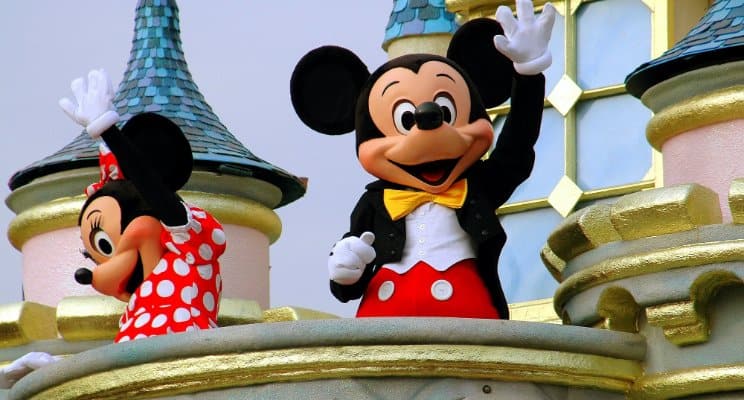Last week we took the kids to Disney in Florida for a surprise getaway before they went back to school. It was my first time visiting Disney in the past 30 years, and I was especially interested after the last 10 years or so of being exposed to countless articles and books about the Disney customer experience. I wanted to see if Disney still “had it.” Was is still happiest place on earth? Was the customer experience all it’s cracked up to be?
I’ve only been home for 24 hours, and I’m still collecting my thoughts, but there was one part of the experience that stood out to me.
Disney was packed. The crowds were insane and the place was a total zoo. Thousands of people battled their way into the parks each day. Whatever else I saw, it was apparent that Disney had the “How to attract customers” part down pat!
As we made our way from one ride to the next, each ride or attraction had its own designated “stroller parking area” for the hundreds of strollers being used to push around tired, often cranky, overstimulated kids. There were single strollers, small umbrella strollers, jogging strollers, double strollers and even triple strollers for those brave families with three young children.
A Disney “cast member” would quickly direct you to the stroller parking and there your stroller would sit amongst hundreds of others until the three to five-minute ride was complete.
Here’s the most magical part. Whenever you came back to retrieve your stroller, sometime only minutes later, someone or some group of people had miraculously and perfectly organized all the strollers.
They were all lined up perfectly.
All facing the same direction.
The jumbled mess of stroller mayhem was always returned to a state of pure calm.
While the kids were enamored with Goofy and Mickey, to my wife and I this was the moment of real magic.
We experienced the same thing at few of the shows we saw inside the park. A cast member would direct us to park the stroller in a certain area, and upon exiting the strollers would all be neatly organized, turned around, facing the exit.
It was a lot of work, and it was done every time, without fail. Why bother?
If there’s one big thing I took away from Disney again and again, it’s that they’ve carefully thought through every aspect of the customer experience–and they continue to do so. Make no mistake, they’ve done this for a reason with strategic intent. They’ve done it to extract more dollars from the pockets of parents. Plain and simple.
Imagine returning to the sea of strollers and having to spend the next 10-20 minutes looking for your stroller. I always found ours in about 15-30 seconds, making me happier and far more willing to open my wallet to appease the customer Disney is really catering to. The customer who was waiting for me at the gift shop. That customer, of course, who is my kid.
The lesson here is this. Disney understands who their real customers are and what parts of the experience could create friction. When you have friction, you reduce the chances of the customer willing to buy the first time, the second time or the twelfth time.
What parts of your customer experience create friction and resistance for your customers making it harder for them to buy from you? We’ve talked many times about businesses who make it hard to take money.
I once heard a business expert claim that Disney in Florida generates more revenue per person in a single day than the city of Las Vegas. They can do this because they continue to look for every single point of friction and continues to ask themselves, “What can we do here to make this part of the experience easier for our customers? How can we make it easier for our customers to buy?” That’s a question you should all be asking again and again and again.
The “easy” thing to do, the thing most companies would have done, would be to simply designate a stroller area, have the parents dump the strollers in that area and find them later. It would be cheaper, take less labor and time from their employees, and nobody would expect anything different.
But somewhere, someone recognized that this impacted the sale. It created more stress and more frustration for their customers. It was a small enough impact that making the process more seamless would generate more revenue. The answer was simple. Spend 2-3 minutes and organize the strollers. Designate an employee whose sole job is to organize the strollers. It’s a small detail that matters. It’s ALWAYS the small details that matter.
Your Challenge For This Week: Look at your own customer experience.
What areas of your customer’s experience might be causing friction and resistance and impacting the first sale or the third sale?
Where could a few minutes of extra work have a dramatic impact on your business and your customer’s buying process?
Where might you need more people or additional resources to create a better and more seamless experience?
This is the type of thing that matters. It’s simple stuff, and it’s a small world after all.
